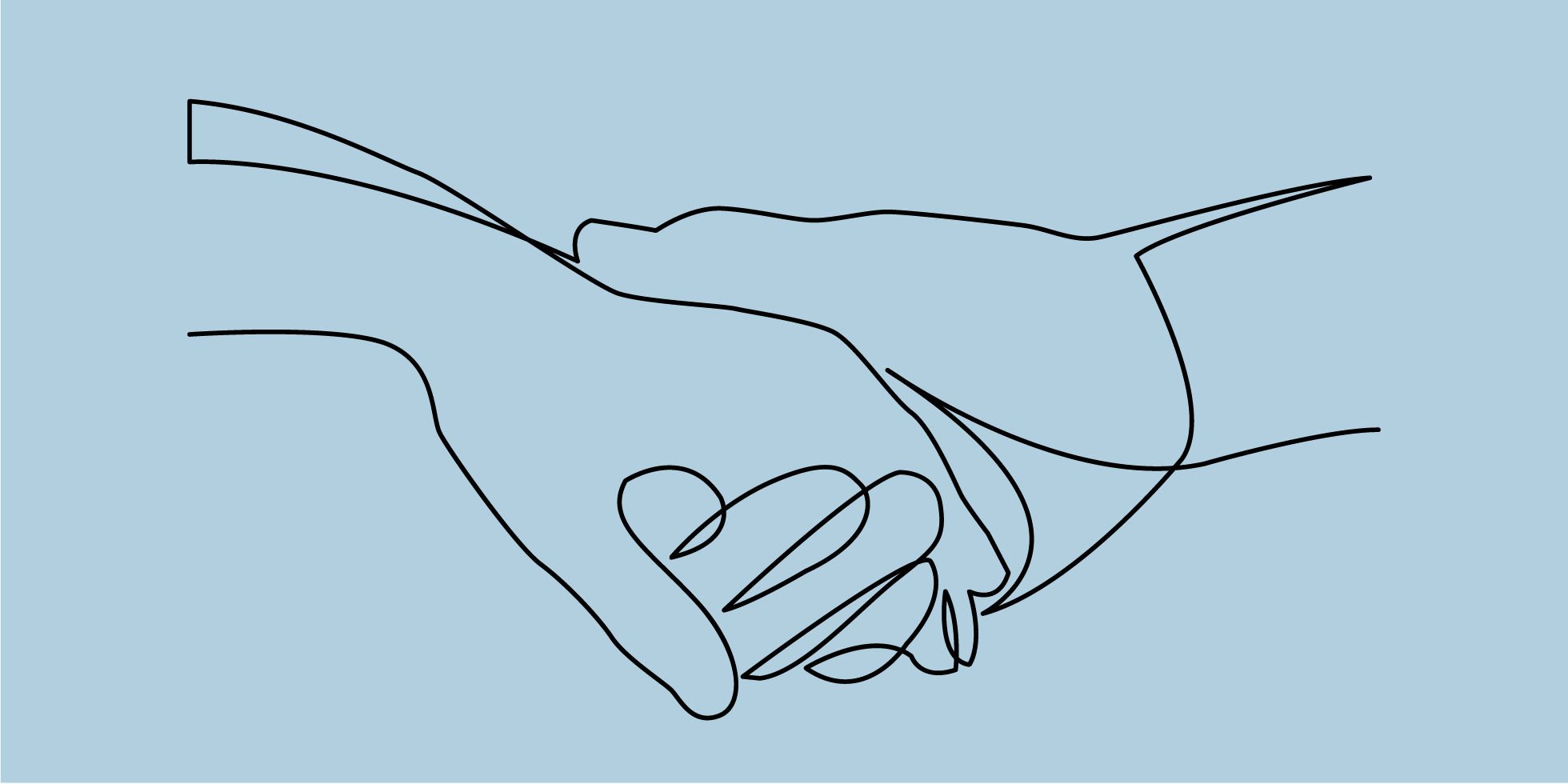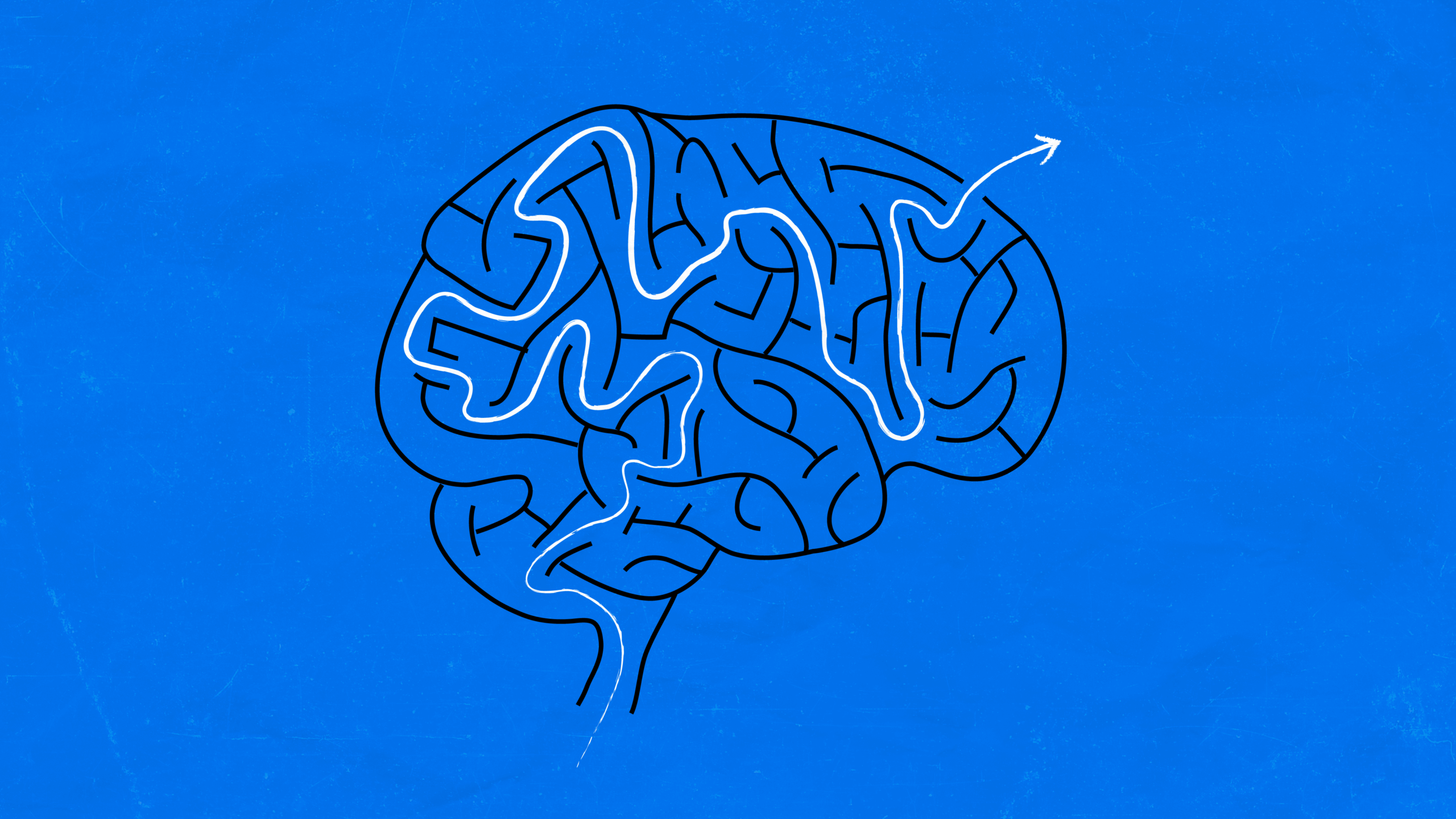Brand trust: Why it is built on being a good corporate citizen

By Kevin MacKenzie and Seamour Rathore
For creative businesses like The Team, brand names, logos, identity, website design and customer experience are our currency. However, elements such as these are not the most important part of corporate branding. What truly matters is what the brand stands for: the consumer trust that has attracted loyalty for years – or even a lifetime.
As Edelman reported last year, consumers rank brand trust as one of the top factors considered when making a purchase, with 81 percent of survey respondents saying that they “must be able to trust the brand to do what is right.”
“Eighty-one percent say, ‘Trust in brands is an important part of my purchase behavior,’ but only one-third of people say they trust the brands that they buy, so that’s an incredible opportunity for brands.” Richard Edelman
Critical to embedding this trust is the brand promise. Once a brand’s promise is broken, the trust relationship with its customers is damaged. Understanding, cherishing and paying fanatical attention to the promise of your brand is fundamental to the bond between brand and customer.
Understanding, cherishing and paying fanatical attention to the promise of your brand is fundamental to the bond between brand and customer.
Brands like BP and RBS are only just returning to brand health a decade after decisions made deeply affected the trust consumers had in them. For RBS, it ultimately had to rebrand to NatWest Group in order rebuild customer trust.
It is no longer good enough for brands to hide away in the hope that secrecy will see them through. Brands that wish to and need to stand out must be open and clear about what value they are adding. Whether they use the UN Sustainable Development Goals as a framework for societal value or some other model – they must take a position.
Why all brands need to be good citizens now
Since the financial crisis of 2008, financial brands have focused on rebuilding trust with the public. In recent years, there’s also been food safety crises, significant audit failures that have decimated ordinary lives, and scandals that have gone right to the heart of the public’s trust in the political class around the world.
In 2010, BP went from securing its status as the biggest oil major in the world to becoming a pariah brand after the Deepwater Horizon disaster cost 11 lives, countless livelihoods and decimated the environment. Looking at that same organisation today, its CEO is at the vanguard of building brand trust and loyalty through a solid – almost zealous commitment – to a bigger purpose.
Now, during the COVID-19 crisis, trust is once more at the very centre of brand and organisational identity.
What is brand trust?
A product is built in a factory… a brand is built through trust and relationships.
Brand trust has several components: for trust to occur, brands must demonstrate credibility, reliability and integrity; be willing to act on what they say – they must live the brand promise; and have an open and transparent way of doing business. This helps to create an emotional connection between the brand and the consumer and the result is that trust is established.
As marketing trade body WARC says: “Brand trust reflects a consumer’s expectation that a brand’s product, service or more broadly corporate behaviour, reflects the promises the company has made.”
Now it can be argued that the focus in recent weeks has shifted away from products and services to focus on corporate behaviour more generally. Right now, the media is awash with stories about organisations that are handling the situation well – those who are pivoting their businesses to serve real everyday human or healthcare needs, others who are making sacrifices to keep their people in employment – and those who are, let’s just say, a little lost. Companies who are taking taxpayer-funded bailouts while paying large dividends, and those who have made great swathes of their people redundant via covert virtual meeting invites.
Social media activism is on the march and is awash with lists of “angel and demon” companies. In the case of the latter, people are queuing up to announce they will desert them forever.
The challenge for the management of brands is to find ways of connecting with customers during this time. This requires a deep understanding of people and their lives. It means being brilliant at developing real relationships whilst dynamically keeping up with changes in customers’ needs.
What brands do now is what customers will remember. Do things wisely so that customers remain engaged and choose to keep your brand in their lives.
Ultimately, it boils down to trust. Customers seek these qualities like they would look for in a friend – dependability, accountability, and good (ethical) behaviour.
Ultimately, it boils down to trust. Customers seek these qualities like they would look for in a friend – dependability, accountability, and good (ethical) behaviour.
What about purpose?
In the last decade or so there have been conscious attempts by many organisations to understand their brand purpose, and in some cases their social purpose – the value they bring to society.
While purpose has been a driver of much recent brand activity with many brands putting purpose at their core – to the extent of reorganising their businesses around it – it has also led to a less glorious movement of “purpose-washing”. Purpose-washing can seem like a quick fix that hopefully no-one will dig too deep into, but it actually just creates an even bigger authenticity and integrity gap – one that can seriously erode trust with the public and the organisation’s employees.
Together, the power of traditional press, and social media activism should be able to modify specious claims and call out and publicise “say/do” failures. But large-scale people power – enough to influence brand behaviour has been a patchy affair. Now though, COVID-19 brings refreshed scrutiny to brands and organisations.
“Brand communications is not just a matter of ‘make them cry, make them buy’. It’s about action in the world.” Alan Jope, CEO Unilever
Where does that leave trust?
A new focus for trust is emerging. Three strong threads of people are now judging brands by how they treat their employees, the extent to which they respect the environment, and ultimately how they interact with society.
Three strong threads of people are now judging brands by how they treat their employees, the extent to which they respect the environment, and ultimately how they interact with society.
Consumerism itself is being reassessed by broad swathes of people, not just academics. The public is questioning the idea of “growth at all costs”, and the primacy of economics rather than ethics as an organising principle for living well.
What’s happening is that humanity itself is becoming an important aspect of brands. Brands are being judged for how they treat people and the planet. Brands are personal. Are they good corporate citizens or are only out for themselves?
None of these ideas are new at all, they have been part of the debate for a long time, it’s just now that it’s become more of a burning platform in the midst of the COVID-19 crisis. As far back as 2003, Michael Wilmott said in the Journal of Brand Management: “Part of the problem is that brands have lost touch with the world they operate in, the relentless and ruthless development of branding has forgotten one rather important thing: the relationship between companies, consumers and society. It is about being outward looking, not inward looking, it is about actively participating in society rather than passively ignoring it. It is about putting society at the heart of the company.”
“It is about being outward looking, not inward looking, it is about actively participating in society rather than passively ignoring it. It is about putting society at the heart of the company.” Michael Wilmott, Henley Centre
Where brand, experience and design make a difference
Great brands combine brand, experience and design to enhance the lives of customers and employees. These three areas are specialisms in their own right, but it’s when they come together that businesses and organisations are able to make a powerful impact.
Take NS&I – the National Savings & Investment Bank – once the doyen of the Post Office counter and the place where the nation’s grandparents bought their first paper Premium Bonds, or put a pound in a savings account for new members of the family.
After the financial crisis of 2008, NS&I became a safe haven for cash. But it needed to be more than that. It needed to help British society develop a beneficial attitude towards savings. And so, it revisited its brand position and focused on building a serious nation of savers.
The bank also needed to understand how it could modernise, transforming to reflect a digital future while still taking its broad set of customers – of all ages – with it. And so, it needed a clean, bright, positive and attractive identity design: A brand identity which reflected a new digital age. That identity and associated marketing would need to tap into the behavioural nudges that would encourage existing and new customers to come online with NS&I.
And with that came the need for a complete piece of experience design – design which would make every interaction feel simple, intuitive, trusted and enjoyable. Buying Premium Bonds is an act of saving but it can also feel a little magical. Investing life savings needs to feel easy but it also has to instil savers with assurance. Perhaps that’s why the bank now has 25 million savers in the UK.
The experience NS&I delivers reflects its purpose and desire to be of service to UK savers. To build trust, it delivers on its stated purpose, but it also behaves with integrity towards the public and society.
Trust as an activity of the C-suite
Perhaps ‘putting society at the heart’ will be one aspect of what grows from the COVID-19 crisis but it will be inextricably bound up with a myriad of other events, including business failures, shrinking GDPs, a recalibration of what the role of the state is and should be, and people in long-term grief and shock for loved ones. It could mean a very different society emerges. Of course, we could all pretty much seek to restore a world as similar as possible to the pre-COVID-19 one.
What is going to have to change is that trust will have to become a function of the C-suite – it will become the very identity of brands and organisations. It can’t be just down to the marketing and HR departments and built solely around transactions with customers for products and services.
What is going to have to change is that trust will have to become a function of the C-suite – it will become the very identity of brands and organisations.
What brands do is who they are. Brands need to rediscover the humanity in their business. And the lines are being re-drawn. The new questions to focus on are: What is the relationship between this brand and society? Is it good enough?




